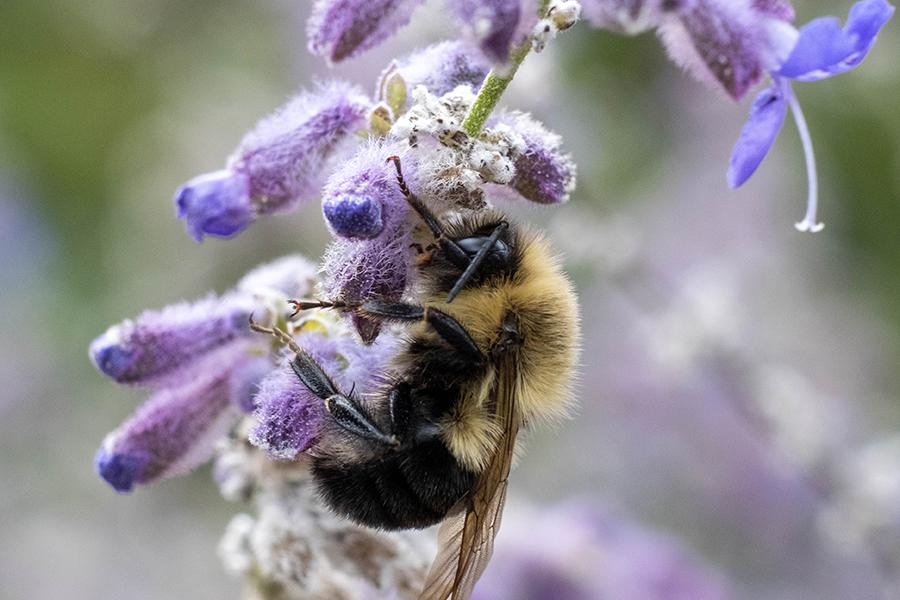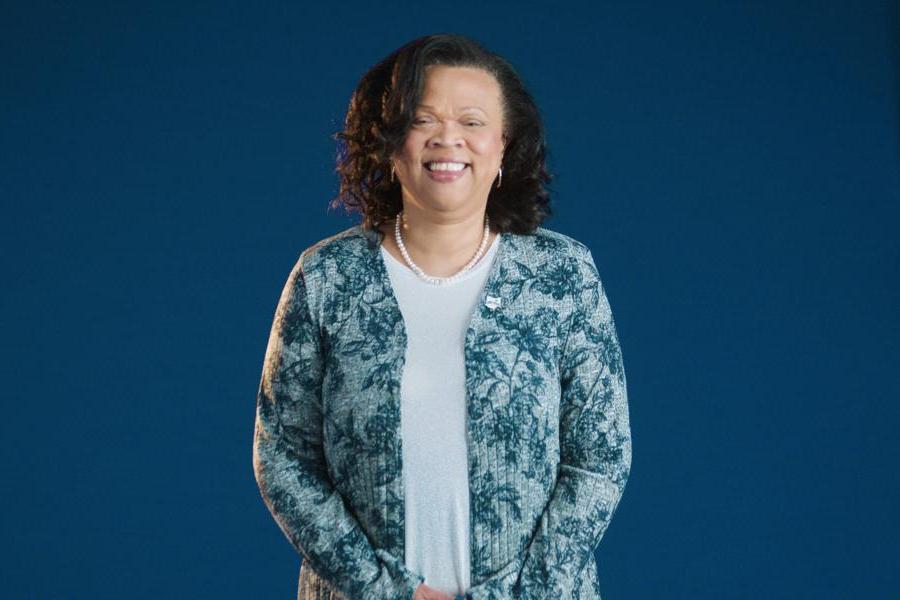Research



The College of Education, Health and Human Services welcomes George A. Kamberelis, Ph.D., as the new director for the School of Teaching, Learning and Curriculum Studies.


Over half of the described species in the world are insects. Although many people think of insects as pests, they play vital roles and have a big impact on our invaluable ecosystems, as pollinators, helping break down wastes, and as an essential food source for many other organisms.

Twice each semester, Â鶹ÊÓƵ’s Division of Research and Sponsored Programs hosts Research & Innovation Forums, to bring together faculty members to publicly present their ongoing work.

Â鶹ÊÓƵ’s newest anthropologist, Assistant Professor Aldo Cimino, Ph.D., has made it his life’s work to understand the causes and consequences of hazing, including the possible generation of solidarity. He and his co-author recently published an on this question in the journal Evolution and Human Behavior.

ATHENA Akron, a women’s leadership organization in Summit County, Ohio, has named Angela Neal-Barnett, Ph.D., professor in the Department of Psychological Sciences within the College of Arts and Sciences at Â鶹ÊÓƵ, its winner of the 2022 ATHENA Akron Leadership Award. She will receive the award on Nov. 17 at the Hilton Akron/Fairlawn.

Many wonder if climate change is the reason we’ve had 'weather whiplash' or day-to-day dramatic changes from hot to cold or cold to hot. As a climate scientist, Cameron Lee, assistant professor in the Department of Geography in the College of Arts and Sciences at Â鶹ÊÓƵ, gets asked this question a lot. Looking beyond just the average temperatures and statistical means, he decided to take a more analytical look at weather whiplash and add to a growing body of climate change literature examining temperature variability trends.
